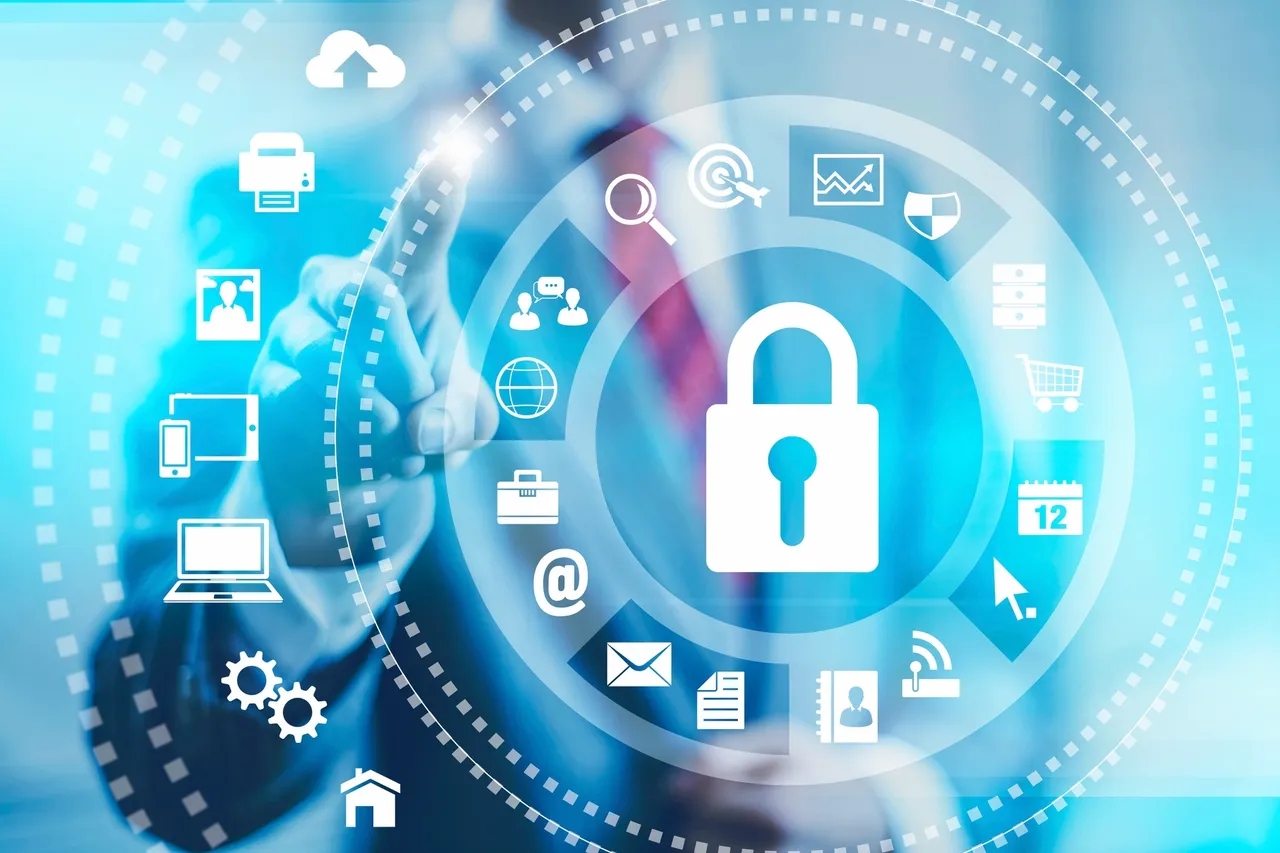Remote employment offers unparalleled potential but also increases cybersecurity risks. Our digital defences must be strengthened as our workplaces grow more flexible. This paper covers cybersecurity best practices and legal issues to help people and companies secure remote work and protect sensitive data.
Cybersecurity Threats In Remote Work
Cyberattacks expand with remote work. In isolated homes, phishing attacks where criminals try to get sensitive information are more common. Unsecured networks allow ransomware and spyware to penetrate computers. Security breaches threaten personal privacy and company data integrity and reputation. Individuals and organizations must understand these dangers to establish effective defences. Continuous awareness and education about changing cybersecurity dangers help remote workers identify and prevent attacks, protecting critical data.
Best Practices For Secure Remote Work
Strong password rules are essential for remote work security. Promoting complicated, unique passwords and frequent changes strengthens the first security line against unwanted access. Using safe and encrypted communication technologies protects sensitive data online. Outdated software and gadgets are more susceptible to attack, so update them often. This complete remote work security method helps people and companies traverse the digital world safely.
Secure Connection Measures
Remote workers need secure connections to protect data. VPNs encrypt data in transit to prevent eavesdropping. Remote Wi-Fi security is essential. Home networks should be password-protected and use the latest security measures to prevent illegal access. Multi-factor authentication requires consumers to prove their identity via various methods, preventing illegal access even if login credentials are stolen.
Data Protection Strategies
Remote employment requires data protection to safeguard sensitive data. Effective data protection measures keep sensitive data safe from unwanted access. Data is transported and accessed from several places in remote work; therefore, businesses and people must take strong data security precautions.
Classifying And Encrypting Sensitive Data:
Introduction to Classification: Data classification categorizes sensitive and vital information. Data classification helps prioritize security measures by sensitivity.
Role of encryption: Encrypting sensitive data is essential for security. Data is encrypted and needs a decryption key to view, enhancing security.
Data Classification and Encryption Benefits: Data categorization and encryption safeguard data from illegal access and breaches.
Secure File-sharing Practices:
Secure File Sharing: Remote teams routinely share files. To avoid data breaches and unwanted access, file-sharing must be safe.
Protected Files: Passwords increase security. Ensuring that only authorized persons may read sensitive information requires a password.
Encrypted File-Sharing Platforms: Secure collaboration is possible with encrypted file-sharing systems. Data is encrypted during transport and storage on these sites.
Regular Data Backups And Recovery Plans:
Data Backups: Regular backups reduce the effect of data loss from system failures, ransomware attacks, and accidental deletions.
Automated Backup Systems: Automated backup systems continually backup vital data without operator intervention. This decreases human error-related data loss.
Creating Comprehensive Recovery Plans: Companies need clear recovery strategies and backups. These strategies detail how to restore operations quickly and effectively after data loss.
Remote work data security techniques include proactive efforts to secure sensitive data. A robust data protection system includes classifying and encrypting sensitive data, secure file-sharing, and frequent data backups with extensive recovery procedures. These measures help protect essential data in the changing world of remote work, where information flows beyond office walls.
Employee Training And Awareness
Humans are crucial to remote job security. Employers must regularly train staff on cybersecurity. Regular training on phishing, secure communication, and remote work security empowers people to safeguard critical data. Simulated phishing exercises may raise awareness and equip personnel to handle attacks. A culture where remote workers share security responsibility increases the defence against social engineering assaults and other cybersecurity risks.
Device Security And Endpoint Protection
Remote device security is essential to cybersecurity. Secure device setups, including updated operating systems and security applications, decrease risks. Endpoint security solutions include antivirus and intrusion detection systems to guard against malware and other cyber threats. Remote device monitoring and management avoid security breaches by identifying and fixing problems quickly. Enterprises may reduce remote work hazards and strengthen security by emphasizing device security.
Legal And Compliance ConsDevices Against Cyberattacks. Antivirus, Firewalls, And Threat Detection Protect Distant Work Devices.
Multi-factor Authentication (mfa):
MFA requires numerous forms of identity before accessing systems or data, adding security. This authentication mechanism prevents unwanted access, even with compromised login credentials.
Secure Communication Platforms:
Sharing sensitive information is expected in remote cooperation. Secure communication solutions with end-to-end encryption and file-sharing prevent eavesdropping and data theft during virtual meetings and data exchange.
Mobile Device Management (mdm) Solutions:
In remote work, smartphones and tablets are common. MDM solutions enable firms to manage and protect them. These solutions provide remote device wiping, security policy enforcement, and authorized user access to enterprise resources.
Cloud Security Solutions:
Remote work typically uses cloud-based apps and storage; therefore, cloud security solutions secure cloud data. Encryption, access limits, and monitoring protect cloud data.
Secure File Sharing Platforms:
Secure File-sharing Solutions Let Workers Exchange Data Securely. These Services Encrypt And Restrict File Access To Authorized Users.
Security Awareness Training Platforms:
Education is essential for remote work security. Employees learn cybersecurity best practices, phishing detection, and security rules via training platforms and simulations.
Identity And Access Management (iam) Systems:
IAM systems control user identities and resource access. IAM solutions restrict access to systems and data to authorized users, reducing the risk of unlawful entry.
Security Incident And Event Management (siem) Systems:
SIEM systems analyze log data from several sources to provide real-time security insights. These systems quickly identify and react to attacks, reducing security breaches.
Data Loss Prevention (dlp) Tools:
DLP solutions protect sensitive data from illegal access, usage, and transport. Monitoring and controlling data transfers keeps secret information in approved channels.
Conclusion
Remote work security is complex and requires a flexible strategy. Cyber risks change, requiring constant monitoring, education, and innovation. Individuals and organizations must protect remote work data and privacy.
As remote work becomes more common, preemptive protection and best practices are essential to protecting sensitive data. Enterprises and people may safely navigate remote work and safeguard their digital environment by emphasizing cybersecurity.
https://workremotecafe.com/2024/02/17/remote-work-security-protecting-your-data-and-privacy/

